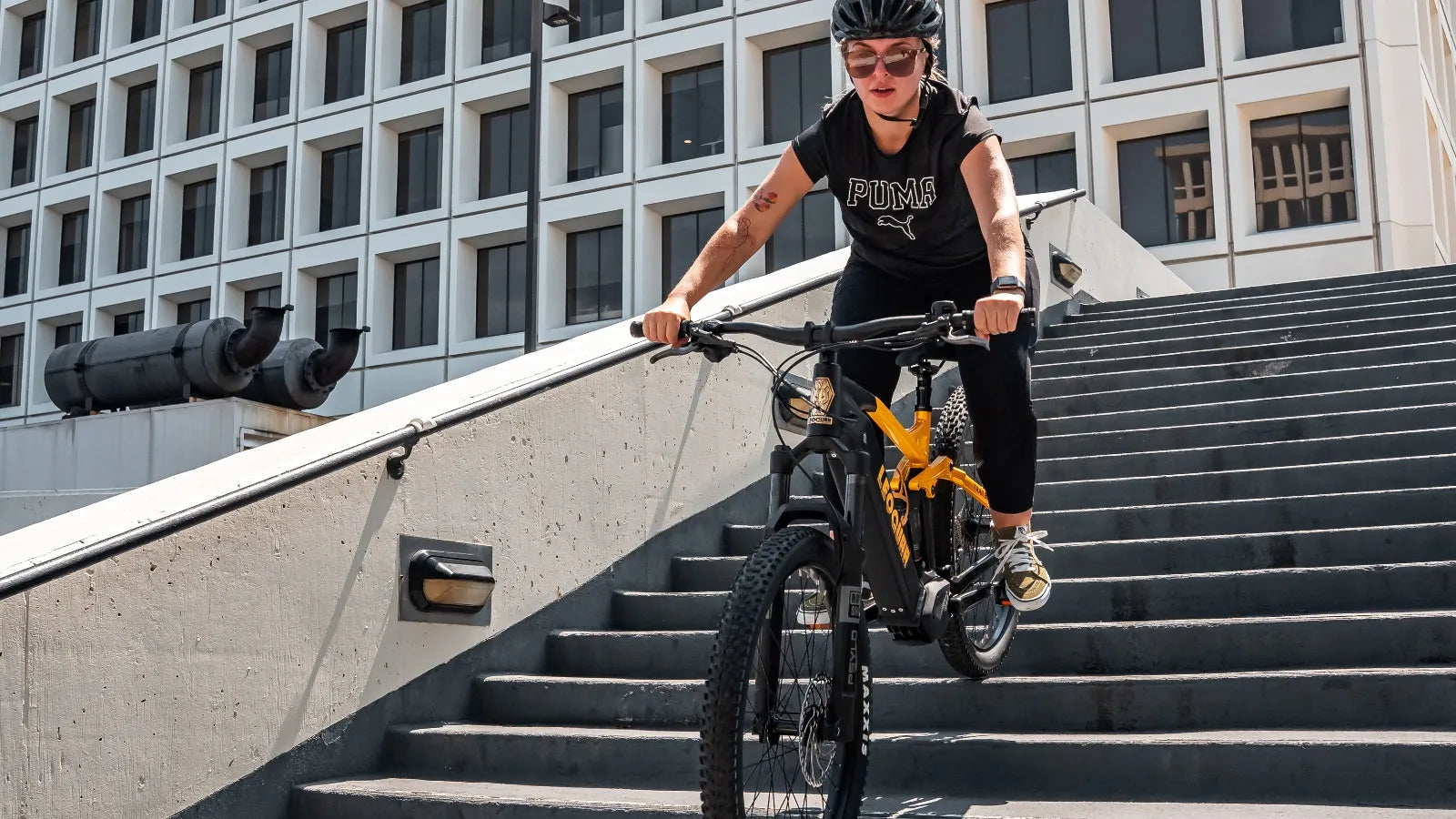
Electric Motor for Bike: How Much Power Do You Need?
Understanding Electric Bike Motor Power
When you look for an electric motor for bike, the specs can confuse you. Watts, torque, peak power-what does it all mean for your ride? The confusion happens to everyone, but the answer is easier than you think. This guide will clear up the numbers and help you pick the perfect power for what you need.
For a quick answer: most adult riders will find that a motor in the 250W to 500W range works great for city rides and light hills. Power levels of 750W and above are usually for people who need to carry heavy loads, climb very steep hills, or want high-speed acceleration. However, watts are only one part of the story. This guide will walk you through everything you need to know to pick the best electric motor for your bike with confidence.
The Language of Power
To understand product pages and reviews, you need to know the terms. Let's break down the three most important ones: Watts, Torque, and Voltage. Learning these ideas will help you look past marketing claims and judge real performance.
Watts: E-Bike Horsepower
Watts (W) are the most common way to measure an e-bike motor's power output. Think of it as the horsepower of your bike - it controls how much work the motor can do and affects your top speed with help. But not all watts are the same. You'll see two key numbers:
- Nominal Power: This is the steady, ongoing power the motor can give without getting too hot. It's your basic performance level.
- Peak Power: This is the maximum power the motor can put out in short bursts. This is what you feel when speeding up hard or going up a short, steep hill.
A simple way to think about it is that nominal power is like your comfortable jogging pace, while peak power is your all-out sprint speed. A motor with a high peak power rating will feel more responsive and capable during tough moments.
Torque: The "Pulling" Power
Torque, measured in Newton-meters (Nm), is the spinning force of the motor. It's the "grunt" or "pulling power" that gets you moving from a complete stop and helps you beat hills. While watts decide your steady speed on a flat road, torque is what you feel when you need to speed up quickly from a red light or when the road goes uphill. For heavier riders, those planning to carry cargo (like groceries or a child in a seat), or anyone living in a hilly area, a motor with higher torque (60 Nm and above) is needed.
Voltage: The Delivery System
Voltage (V) shows the electrical potential of the system. While not a direct measure of power itself, it controls how well that power moves from the ebike battery to the motor. A higher voltage system (like 48V) can deliver the same amount of power as a lower voltage system (like 36V) with less electrical current, which works better and puts less stress on the parts. In the real world, a 48V system often feels "punchier" and more responsive than a 36V system, even with the same watt-rated motor.
| Term | What It Measures | Real-World Effect |
|---|---|---|
| Watts (W) | Power Output | Top assisted speed, overall performance |
| Torque (Nm) | Rotational Force | Acceleration from zero, hill-climbing ability |
| Voltage (V) | Electrical Potential | Efficiency of power delivery, "punchiness" |
Match Power to Riding Style
The best electric motor for a bike is not about getting the highest number; it's about finding the right tool for the job. Let's match motor power to common rider types.
The Urban Commuter (250W-500W)
This power range is for riders who stick to mostly flat city streets, paved bike paths, and areas with gentle, rolling hills. If your goal is to get to work without sweating or enjoy a relaxed weekend ride, this is your sweet spot.
A 250W to 500W motor gives a big boost that makes cycling feel easy, but it's not too much. This efficiency saves battery life, giving you a longer range for your rides. These motors are also usually lighter and found on cheaper e-bikes. From our experience, a 250W motor is perfect for cruising along at 15-20 mph on flat ground. It completely flattens small hills, turning a sweaty commute into a pleasant ride without overwhelming you with power. A 500W motor in this category gives a bit more zip for keeping up with traffic and handling moderate hills with ease.
The Hill Climber (500W-750W)
If you live in a city with tough hills, plan on carrying moderate loads, or simply want more aggressive acceleration, the 500W to 750W range is perfect. This is the all-around category, offering a big performance upgrade over lower-powered motors.
A motor in this class gives the torque needed to tackle steep grades without making you stand up on the pedals and strain. It also delivers quicker acceleration from a standstill, which is a major confidence booster in stop-and-go traffic. Notably, 750W is the legal power limit for many e-bike classes in the United States, making it a very popular and powerful choice for a street-legal electric motor bike for adults. This power level strikes a perfect balance between capability and legality for most American riders.
The Performance Seeker (1000W+)
Motors rated at 1000W and above are built for extreme demands. This category is for dedicated off-road fans who need to power through mud and over roots, utility riders hauling very heavy cargo, or anyone seeking motorcycle-like acceleration on private land.
This level of power delivers incredible torque and speed, making light work of the most challenging terrain and tasks. However, it's crucial to understand the legal implications. In most places, a motor over 750W classifies the bike as an "out-of-class electric vehicle" or moped. This can mean it is illegal to ride on bike paths and may require a license, registration, and insurance. As power increases this dramatically, the line blurs, and many high-power models fall into the electric motorcycle category, which are governed by a completely different set of rules and regulations.
Beyond Watts
A motor's watt rating gives a snapshot of its power, but it doesn't tell the whole story. Two other factors-motor type and sensor type-have a huge impact on how that power feels and performs in the real world.
Hub vs. Mid-Drive Motors
The location of the electric motor for bike dramatically changes the ride feel and capability.
Hub Motors: Located in the center of the front or rear wheel, these are the most common and affordable type. They work independently of your bike's gears, creating a feeling of being "pushed" (from the rear) or "pulled" (from the front). They are simple, reliable, and excellent for cruising on flatter terrain.
Mid-Drive Motors: Located at the bike's crankset, where the pedals are, these motors transfer power through the bike's drivetrain (the chain and gears). This allows the motor to use the bike's existing gears for optimal efficiency. The result is a more natural-feeling assist and vastly superior hill-climbing ability.
We find that a 500W mid-drive motor can often out-climb a 750W hub motor on a steep hill because it can use the bike's lowest gear to multiply its torque, just like you do when you pedal. The feeling is less like being pushed and more like having superhuman legs.
Torque vs. Cadence Sensors
The sensor is the brain that tells the motor when to activate.
- Cadence Sensor: This is a simple on/off system. It detects that the pedals are rotating and tells the motor to provide power. It's effective and inexpensive, but the power delivery can sometimes feel abrupt or jerky.
- Torque Sensor: This is a far more sophisticated system. It measures how hard you are pedaling and tells the motor to provide a proportional amount of assistance. If you pedal gently, you get a little help. If you push hard, you get a lot of help. This creates an intuitive, seamless, and natural-feeling ride.
The difference in feel is profound:
- Cadence: Feels like a switch.
- Torque: Feels like an amplifier.
The Complete Picture
Finally, remember how these elements work together. A powerful 750W mid-drive motor with a torque sensor and a high-capacity 48V battery will deliver a smooth, powerful, and intuitive ride that is far superior to a 750W hub motor with a cadence sensor and a 36V battery.
Power and the Law
Understanding local laws is just as important as understanding the technology. In many regions, including most of the United States and the European Union, e-bikes are categorized into classes based on motor power, top assisted speed, and the presence of a throttle. The 3-Class system is the most common in the U.S.:
- Class 1: Features a motor that provides assistance only when the rider is pedaling (pedal-assist) and ceases to provide assistance when the bike reaches 20 mph. These typically use 250W-750W motors.
- Class 2: Features a motor that can be activated by a throttle and can propel the bike up to 20 mph without pedaling. It also has pedal-assist. These also commonly use 250W-750W motors.
- Class 3: Features a motor that provides assistance only when the rider is pedaling and ceases to provide assistance when the bike reaches 28 mph. These are typically 750W.
These classifications determine where you can legally ride your e-bike. While a Class 1 or 2 bike is often allowed on the same bike paths as traditional bicycles, a Class 3 bike may have more restrictions, and an out-of-class bike (over 750W) is almost always restricted to roads only. It is vital to check your local e-bike laws and regulations, as rules can vary significantly by state, county, or even specific trail systems.

Choose With Confidence
Choosing the right electric motor for a bike isn't about finding the biggest number. The "best" power is the one that perfectly aligns with your riding style, your local terrain, and your region's laws. By looking beyond a single number, you can find a bike that feels like a natural extension of yourself.
To make your final decision, just remember these key points:
- Your Riding Style: Are you a city commuter, a hill climber, or an off-road adventurer?
- Key Specs: Look at Watts for electric bike speed and torque (Nm) for acceleration and climbing power.
- Motor Type: Choose between a simple Hub motor or a powerful, natural-feeling Mid-Drive.
- Local Laws: Ensure your chosen bike class is legal on the paths and trails you want to ride.
You are now equipped with the knowledge to look past the marketing hype and choose the perfect electric motor for your bike. Happy riding!
Frequently Asked Questions
1. Q: What's the difference between nominal and peak power on an e-bike motor?
A: Nominal power is the steady power the motor can deliver continuously without overheating, while peak power is the maximum power it can output in short bursts. Think of nominal power as your comfortable jogging pace and peak power as your all-out sprint speed.
2. Q: How much motor power do I need for commuting in the city?
A: For most city commuting on flat streets and gentle hills, a 250W to 500W motor is perfect. This provides enough boost to make cycling effortless without being overkill, and it also helps conserve battery life for longer rides.
3. Q: Can I ride a 1000W e-bike on bike paths legally?
A: In most places, motors over 750W classify the bike as an out-of-class electric vehicle or moped, which may be illegal on bike paths and could require a license, registration, and insurance. Always check your local e-bike laws before purchasing.
4. Q: What's better for hills - a hub motor or mid-drive motor?
A: Mid-drive motors are generally better for hills because they work through the bike's gears, allowing them to multiply torque just like when you pedal. A 500W mid-drive can often out-climb a 750W hub motor on steep terrain.
5. Q: Do I need a torque sensor or is a cadence sensor enough?
A: While cadence sensors work fine and are more affordable, torque sensors provide a much more natural riding experience. Cadence sensors feel like an on/off switch, while torque sensors feel like an amplifier that responds to how hard you're pedaling.





























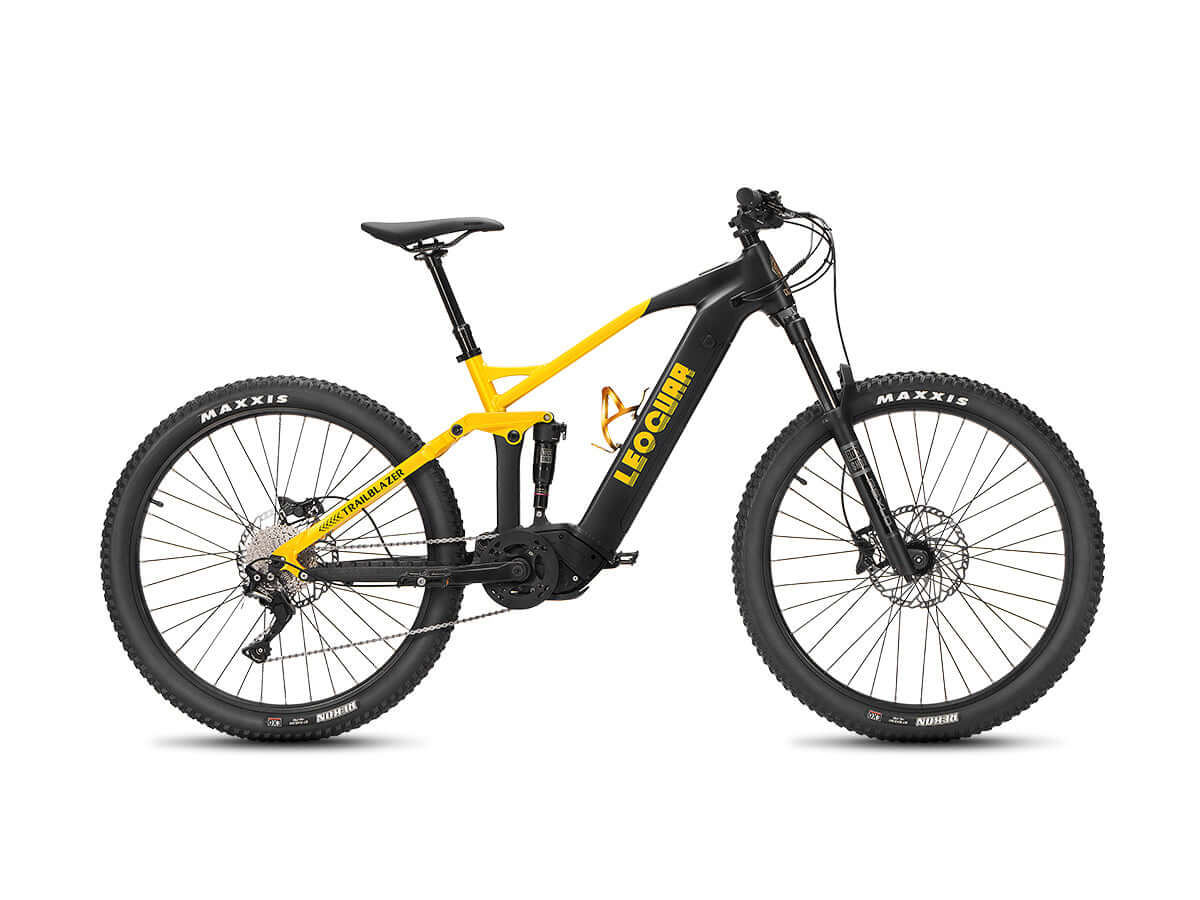
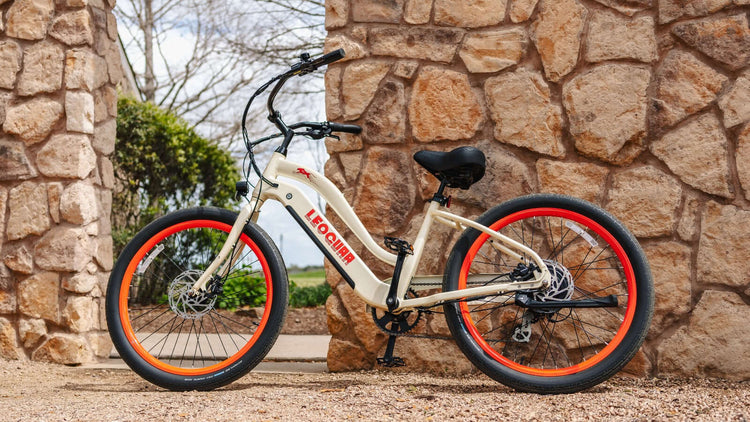
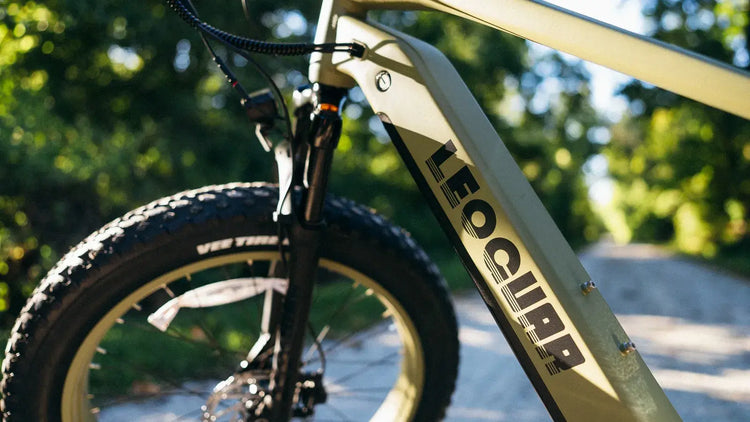
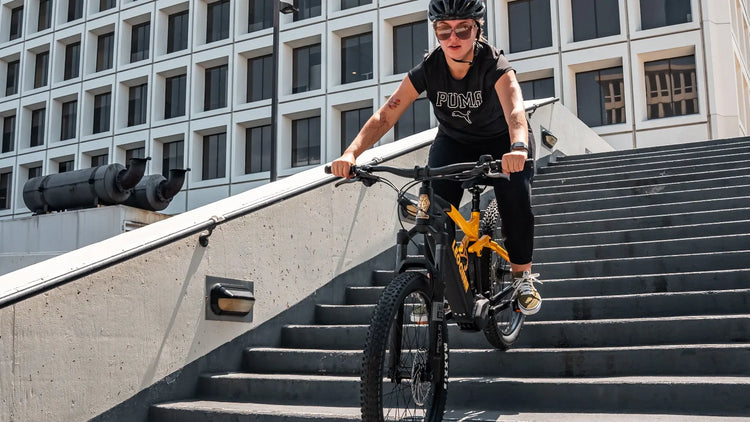
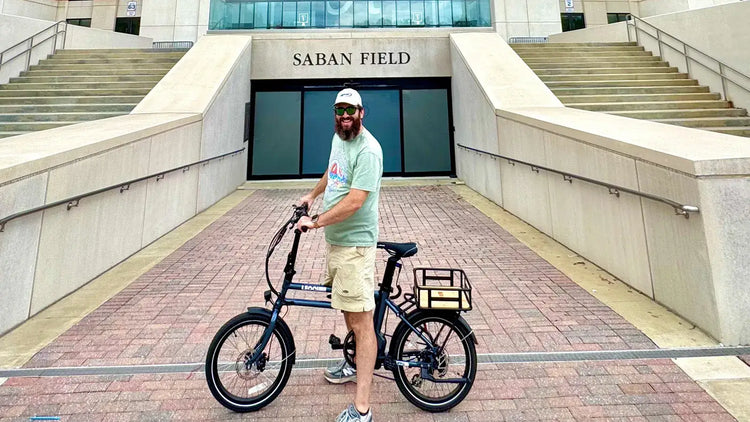
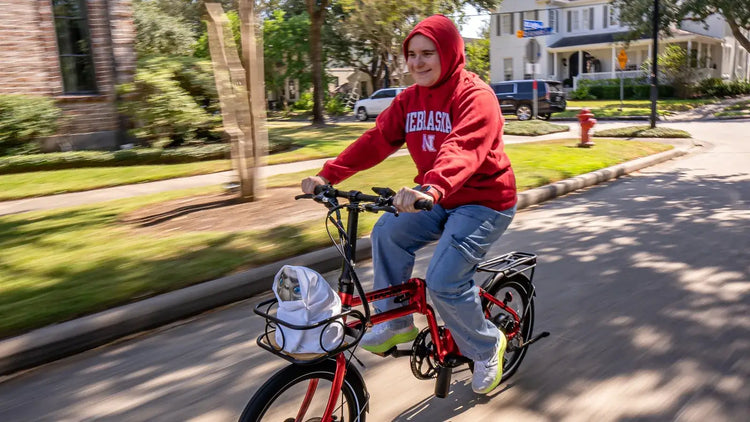
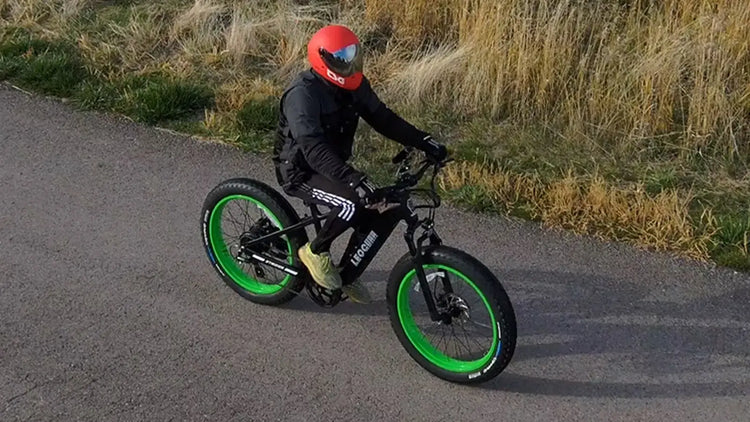


Leave a comment